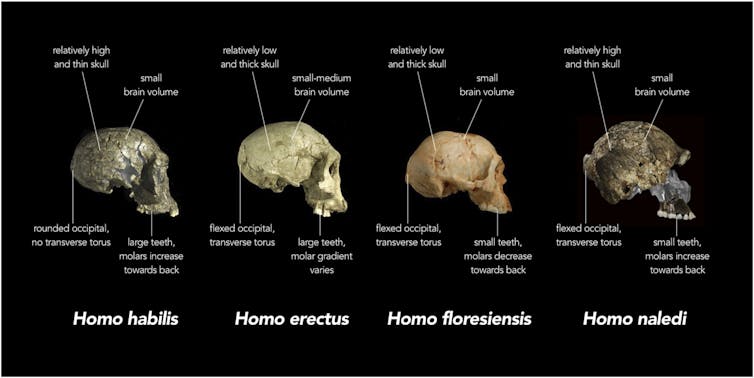Disruption to the global energy market caused by the COVID-19 pandemic will be felt for several years but demand for natural gas, particularly in the fast growing Asian market, continues to provide an economic opportunity for Australia, according to the International Energy Agency (IEA).
APPEA Chief Executive Andrew McConville said the IEA’s World Energy Outlook highlighted while the global energy market is being reshaped, natural gas remains an important part of a cleaner energy future.
“In the IEA’s Stated Policies Scenario[1], demand for natural gas recovers quickly from a drop in demand in 2020. Demand rebounds by almost 3 per cent in 2021, then rises to 14 cent above 2019 levels by 2030, and by 30 per cent to 2040, with growth concentrated in Australia’s trading markets in Asia,” Mr McConville said.
“In the Sustainable Development Scenario[2], demand for natural gas in the Asia-Pacific grows by 52 per cent to 2040, as demand continues to grow in major economies such as India and China, with a changing gas industry taking on multiple roles to lower emissions, including via carbon capture, use and storage (CCUS), coal-to-gas switching, support for renewables, and the rise of low-carbon gases.
“In the Net Zero Emissions by 2050 Scenario[3], while global gas demand is lower in 2040 than in 2019, growth still occurs in key demand centres in Asia.
“These outlooks are more uncertain that in previous Outlooks, but still present opportunities for Australia to see a continued stream of high paying, highly skilled jobs, export dollars and revenue for governments for decades,” Mr McConville said.
“The IEA again reaffirmed that on a lifecycle basis, natural gas has much lower associated emissions and switching to natural gas provides an opportunity to lower emissions quickly, particular in Asia.”
According to recent Australian Government figures, LNG exports have the potential to reduce global greenhouse gas emissions by up to 169 Mt CO2-e, or over 30 per cent of Australia’s annual emissions.
“If Australia is to attract further investment in LNG production, it’s vital to have policy settings – maintaining a stable and competitive tax regime, resisting calls for interventions in gas markets and reducing red tape – that support economic recovery.”
Highlights from this year’s World Energy Outlook STEPS and SDS Scenarios include:
- Under the STEPS scenario, oil and gas together will account for more than half of all global energy consumption in 2040 and around 46 per cent under the SDS Scenario.
- Oil is the largest source of energy share (28 per cent) and gas the second largest (25 per cent) in 2040 under the STEPS Scenario. In the SDS Scenario, oil and gas are both 23 per cent of global energy demand by 2040.
- Gas demand achieves annual growth of 1.2 per cent to 2040 (2.9 per cent in the Asia-Pacific) under the STEPS Scenario. Annual growth of 2.0 per cent in the Asia-Pacific region occurs in the SDS Scenario.
- Oil demand grows at an annual rate of 0.3 per cent to 2040 under the STEPS Scenario.
- Under the STEPS Scenario, by 2040, gas demand is 32 per cent higher than 2019, accounting for a quarter of global energy demand. Under the SDS Scenario, gas demand in the Asia-Pacific region is 52 per cent higher.
The 2020 World Energy Outlook can be found .
[1] The IEA’s Stated Policies Scenario (STEPS) is based on today’s policy settings and an assumption that the pandemic is brought under control in 2021.
[2] The IEA’s Sustainable Development Scenario (SDS) is based on the same economic and public health outlook as the STEPS, but works backwards from climate, clean air and energy access goals, examining what actions would be necessary to achieve those goals.
[3] The IEA’s Net Zero Emissions by 2050 Scenario (NZE2050) extends the SDS analysis. A rising number of countries and companies are targeting net-zero emissions, typically by mid-century. The NZE2050 includes the first detailed IEA modelling of what would be needed in the next ten years to put global CO2 emissions on track for net zero by 2050.








